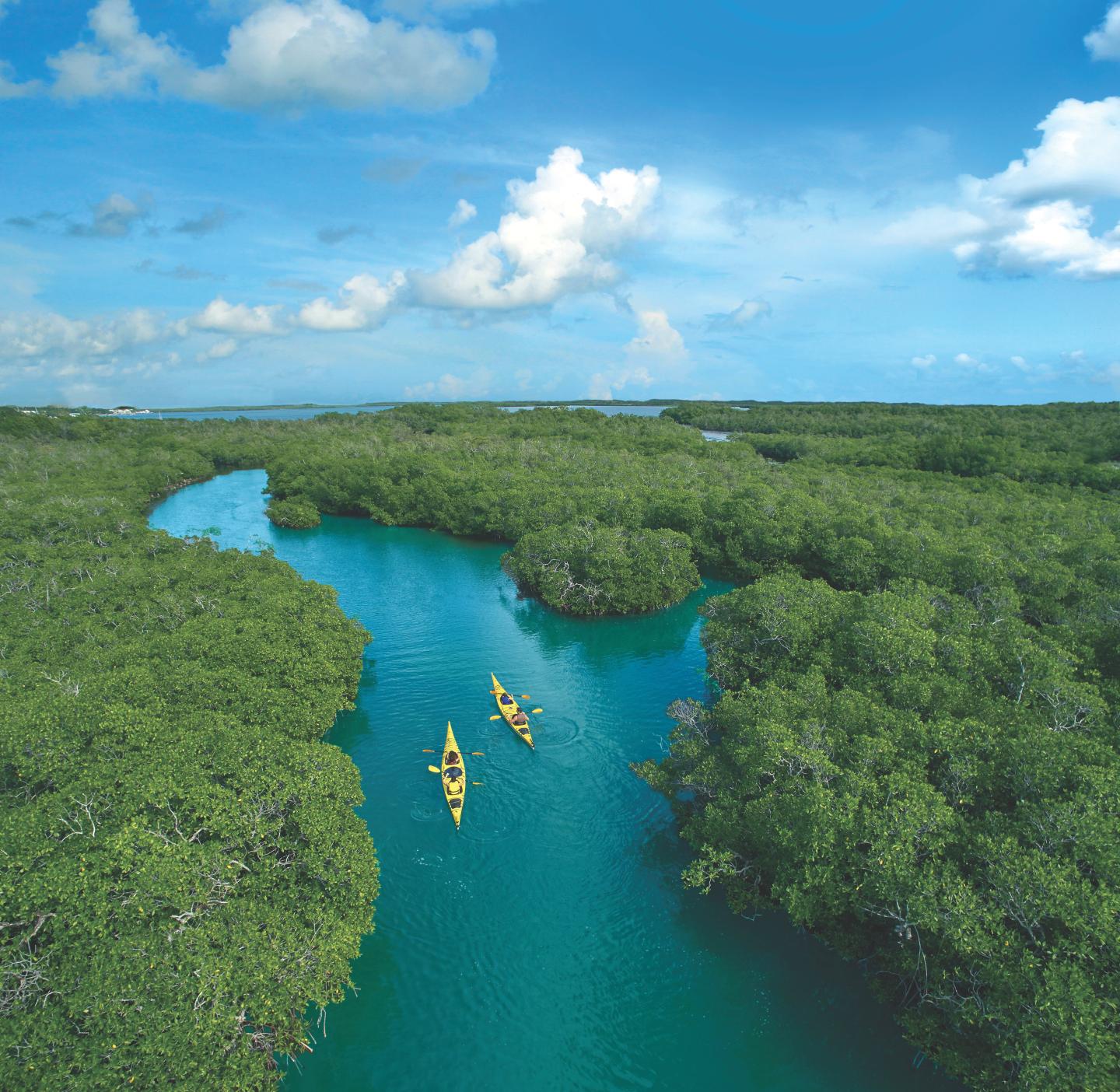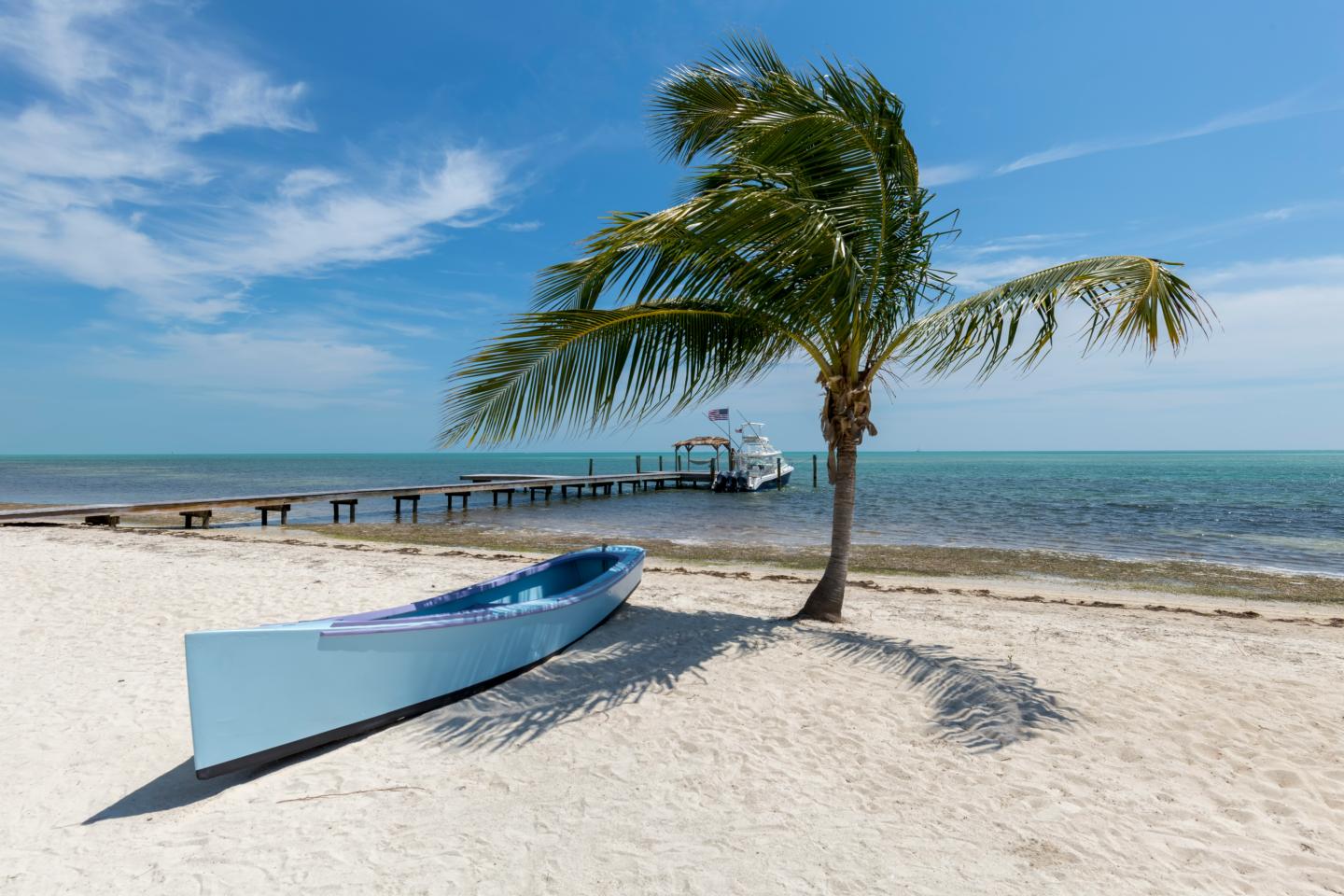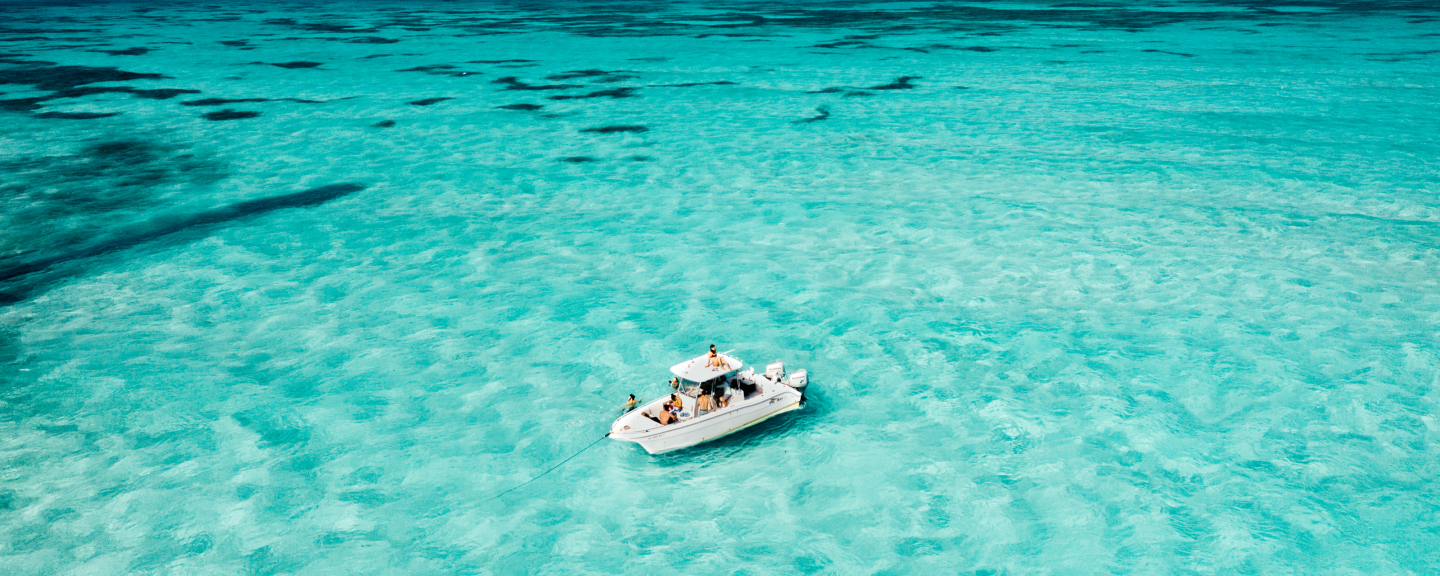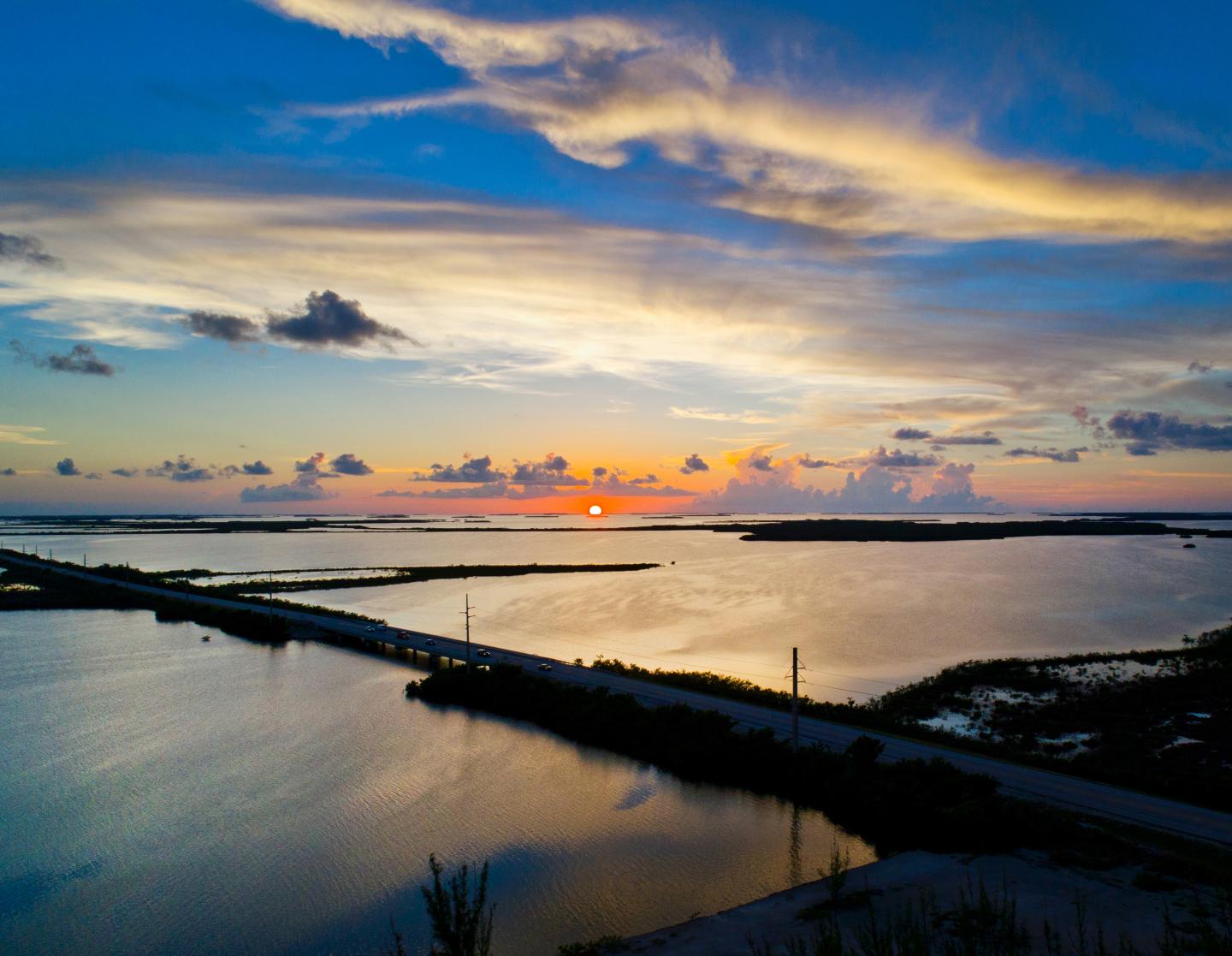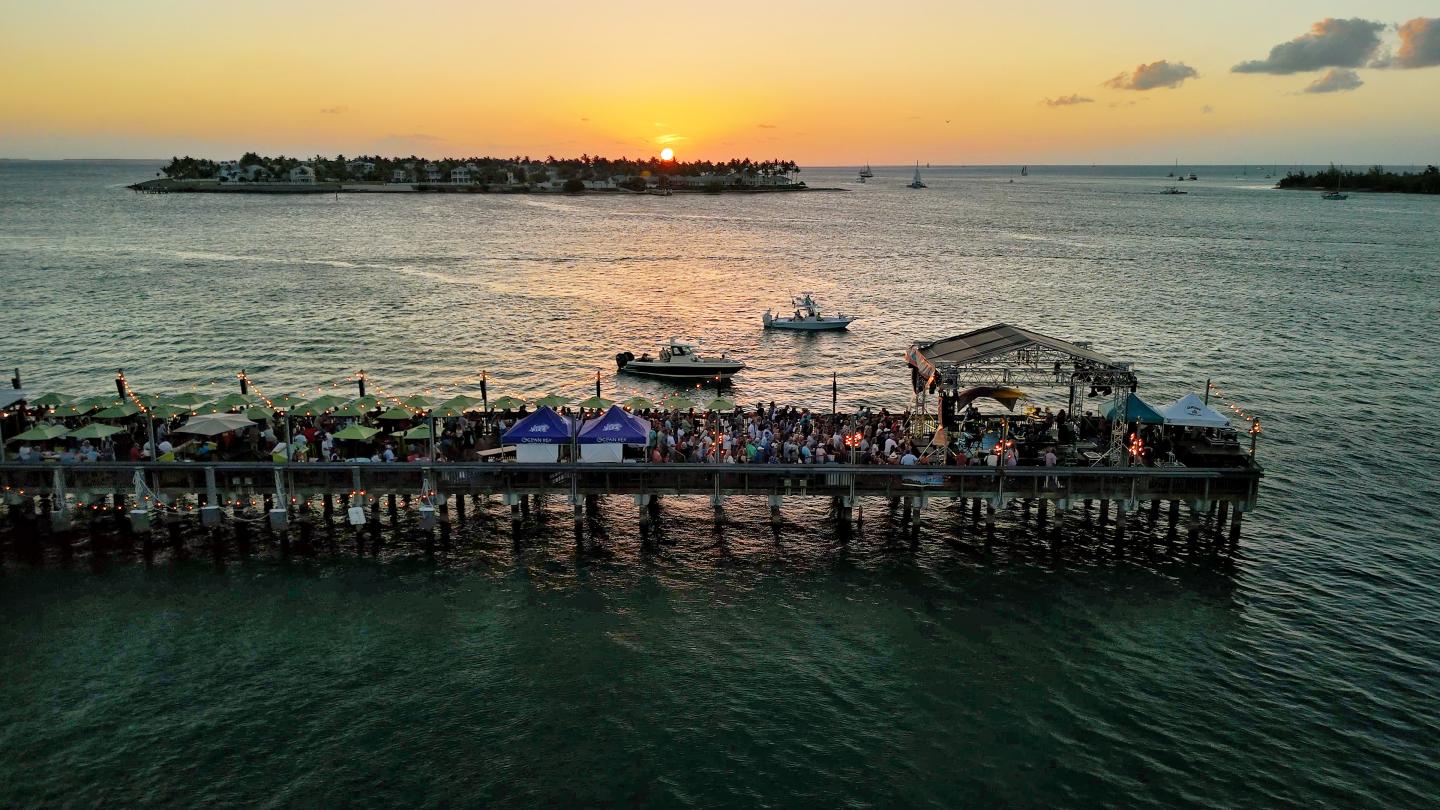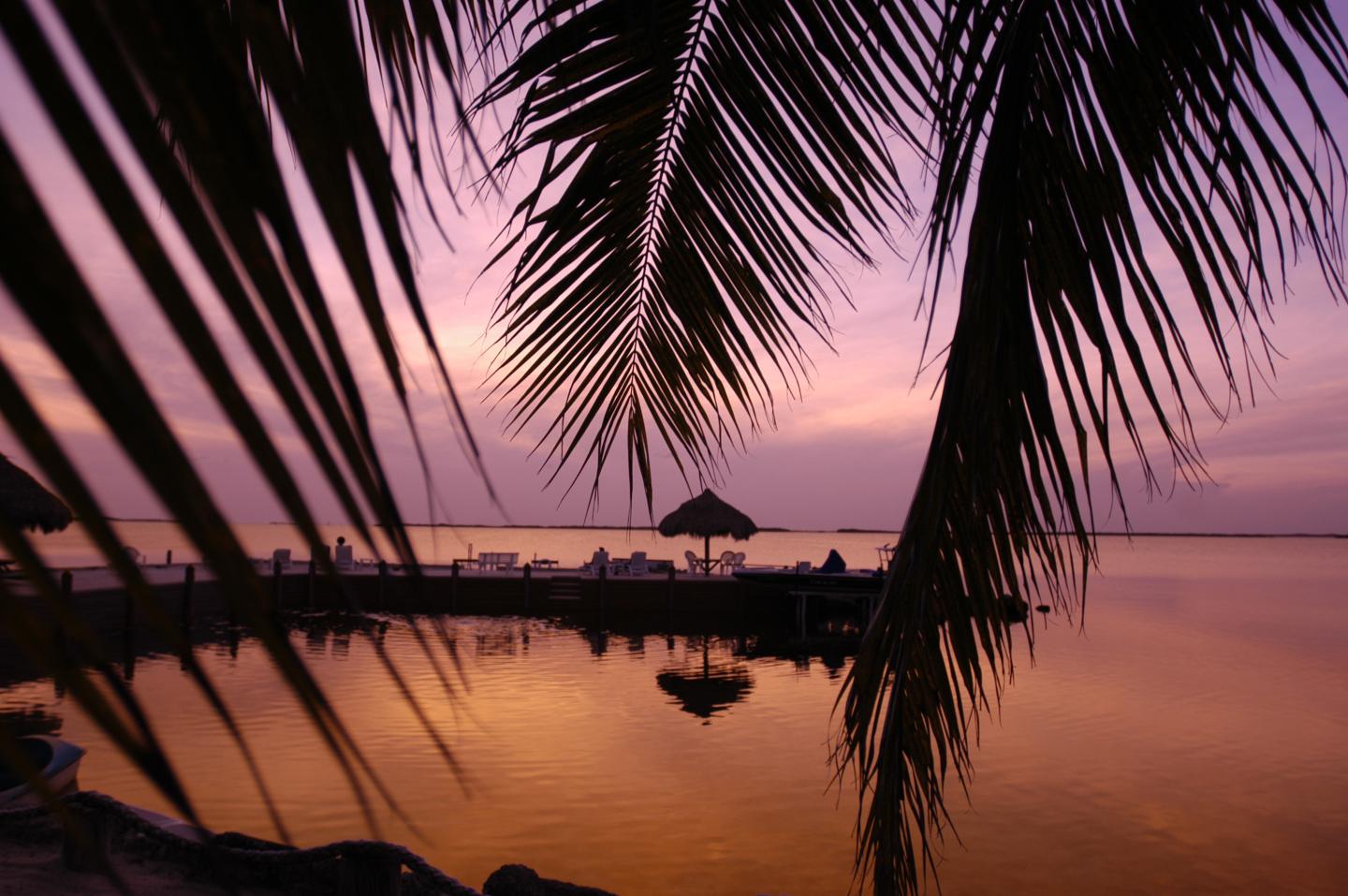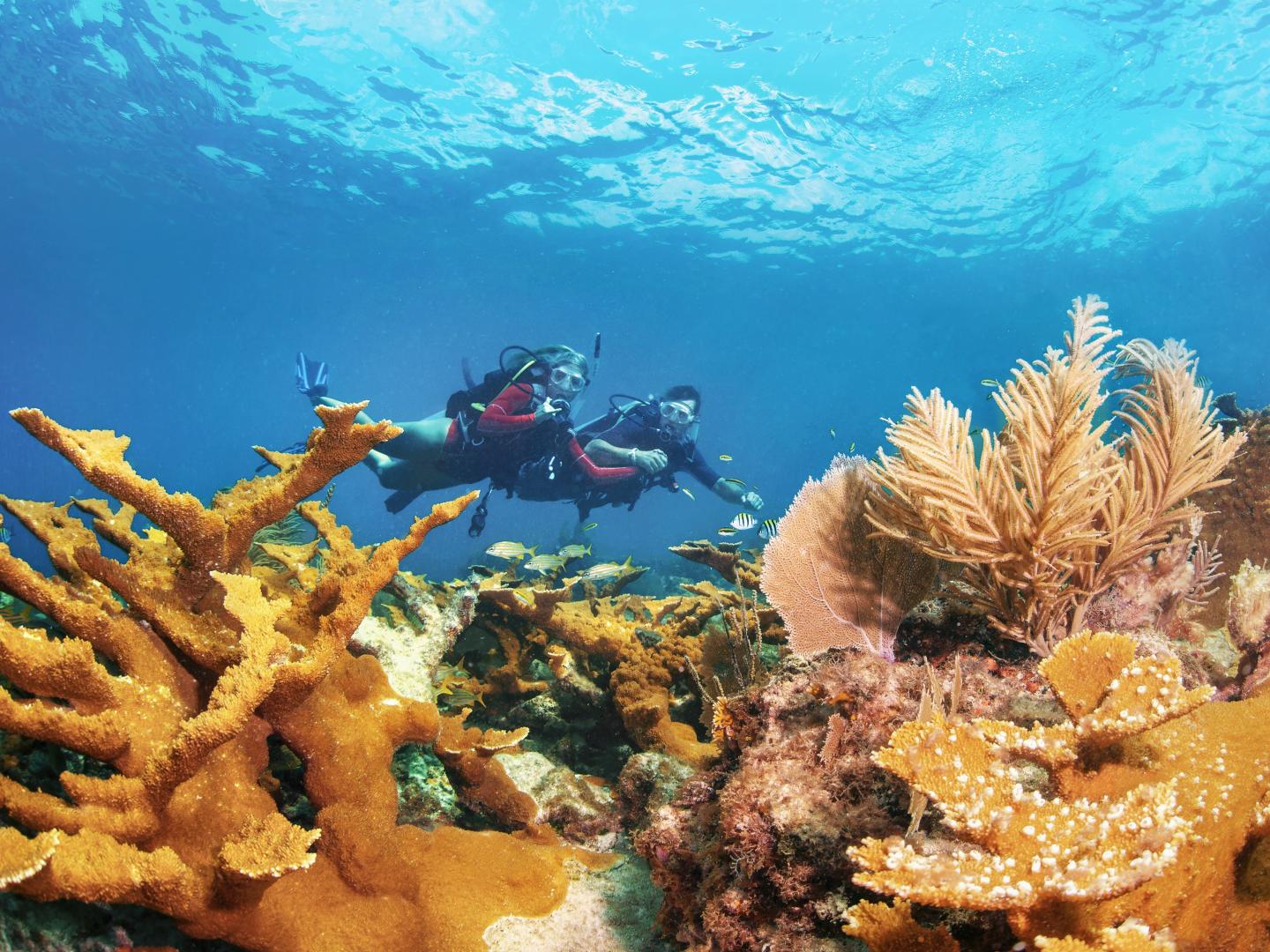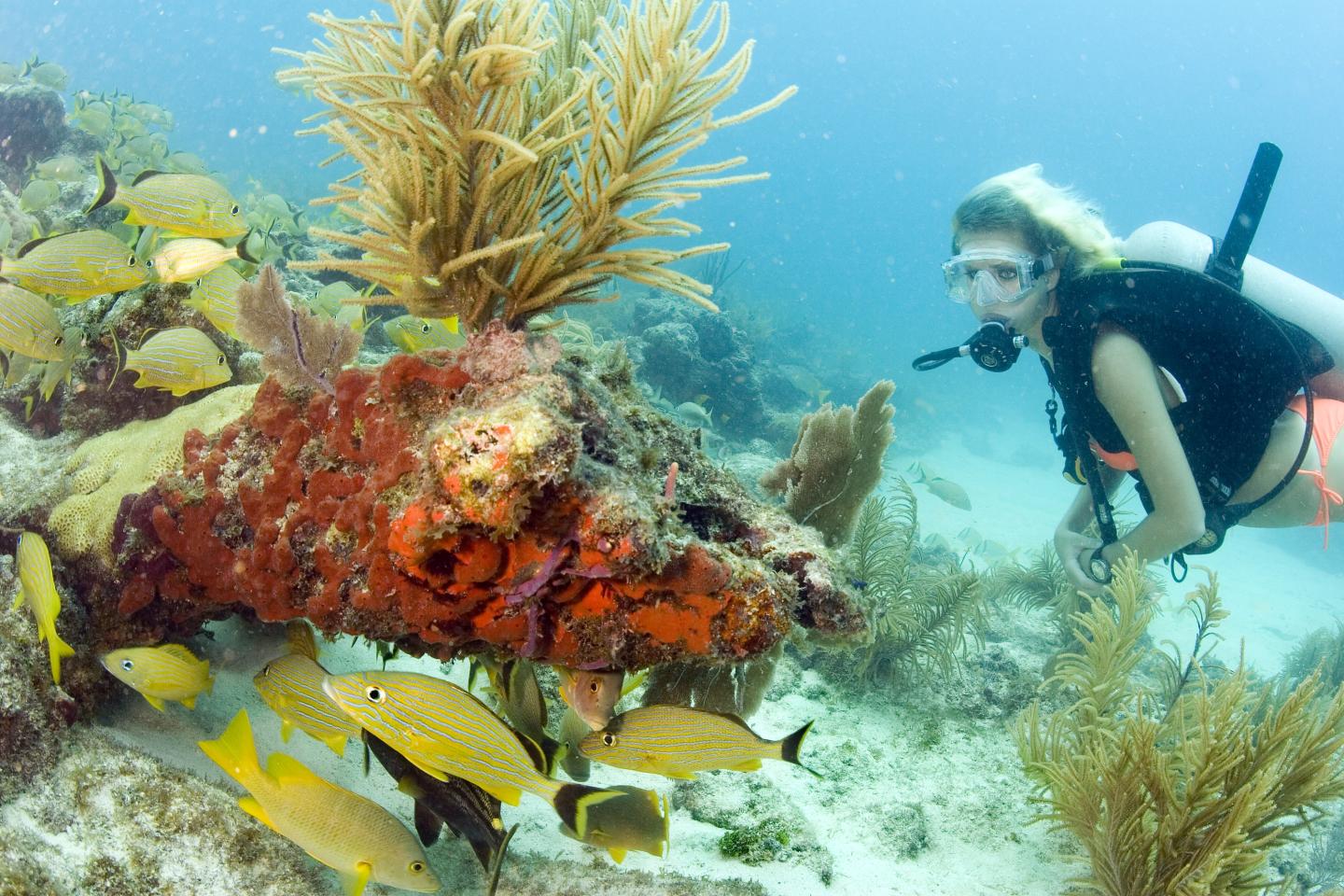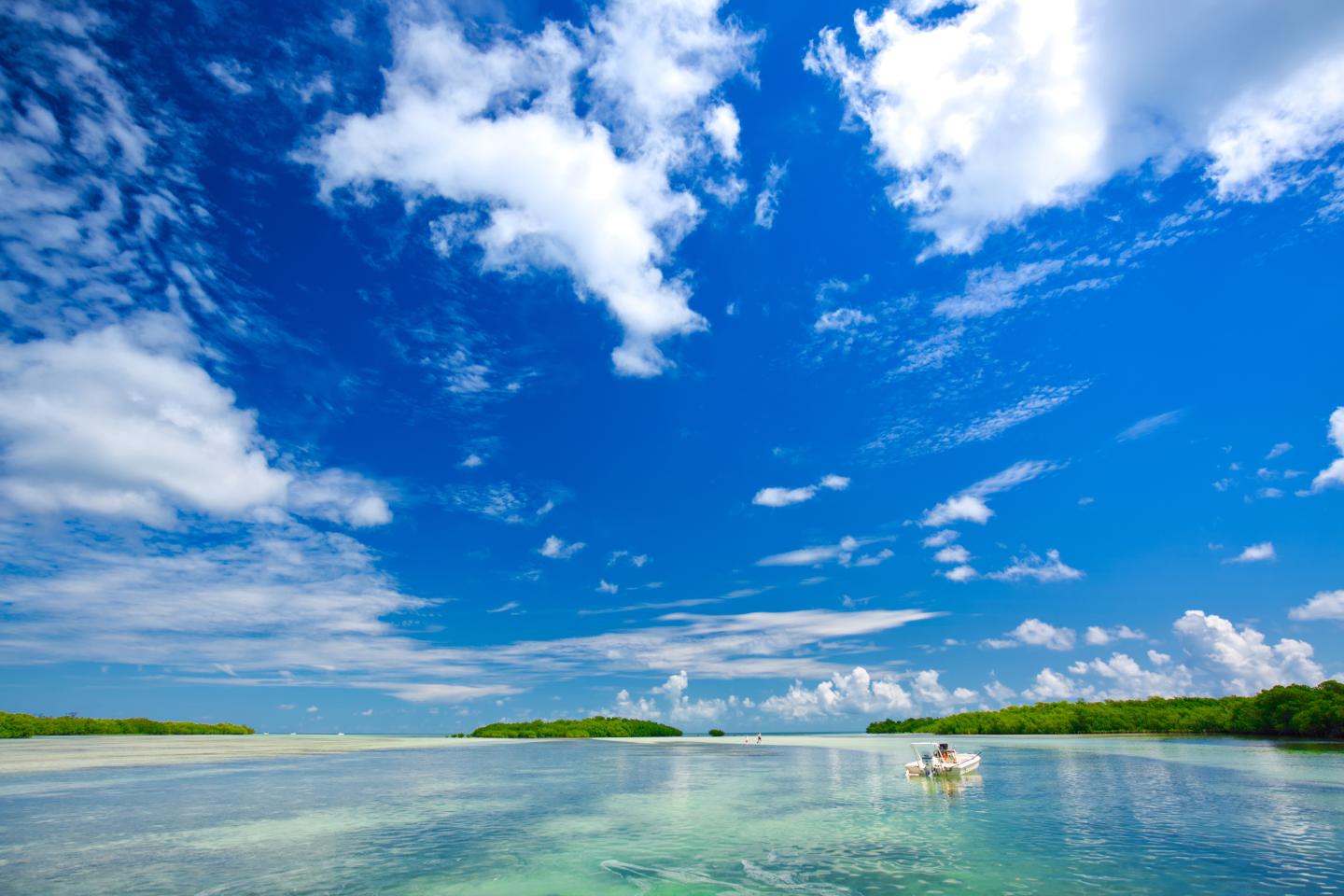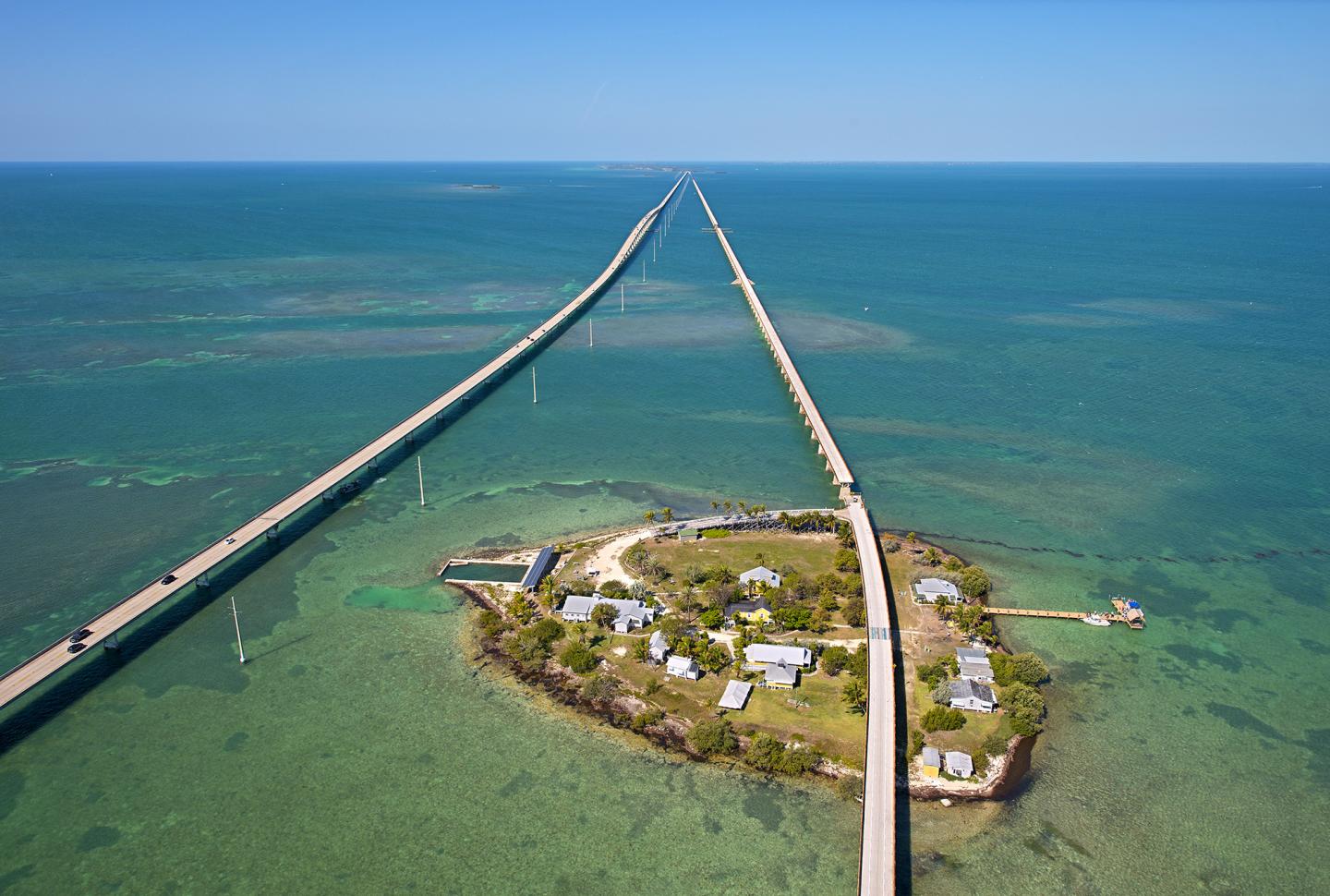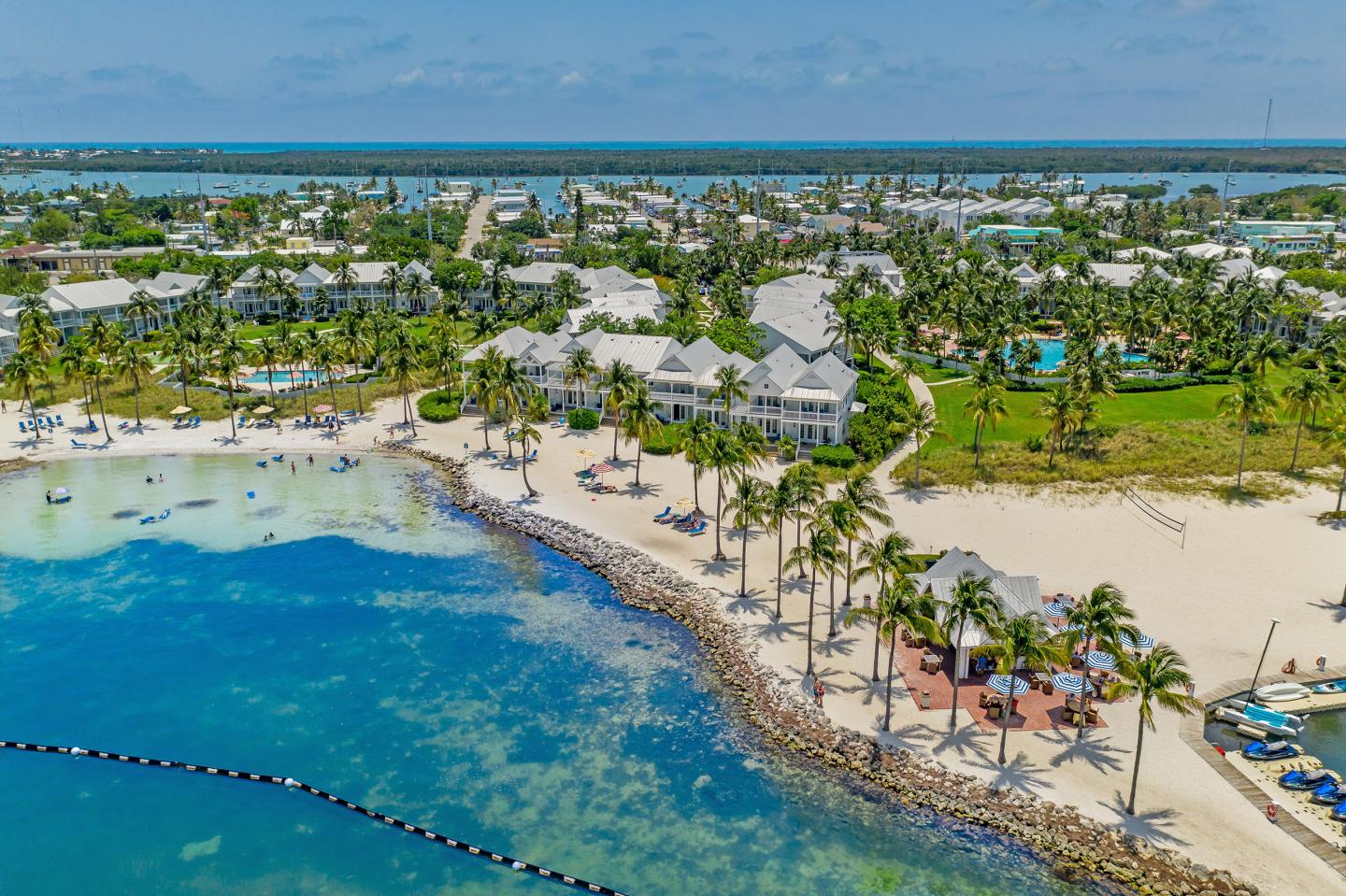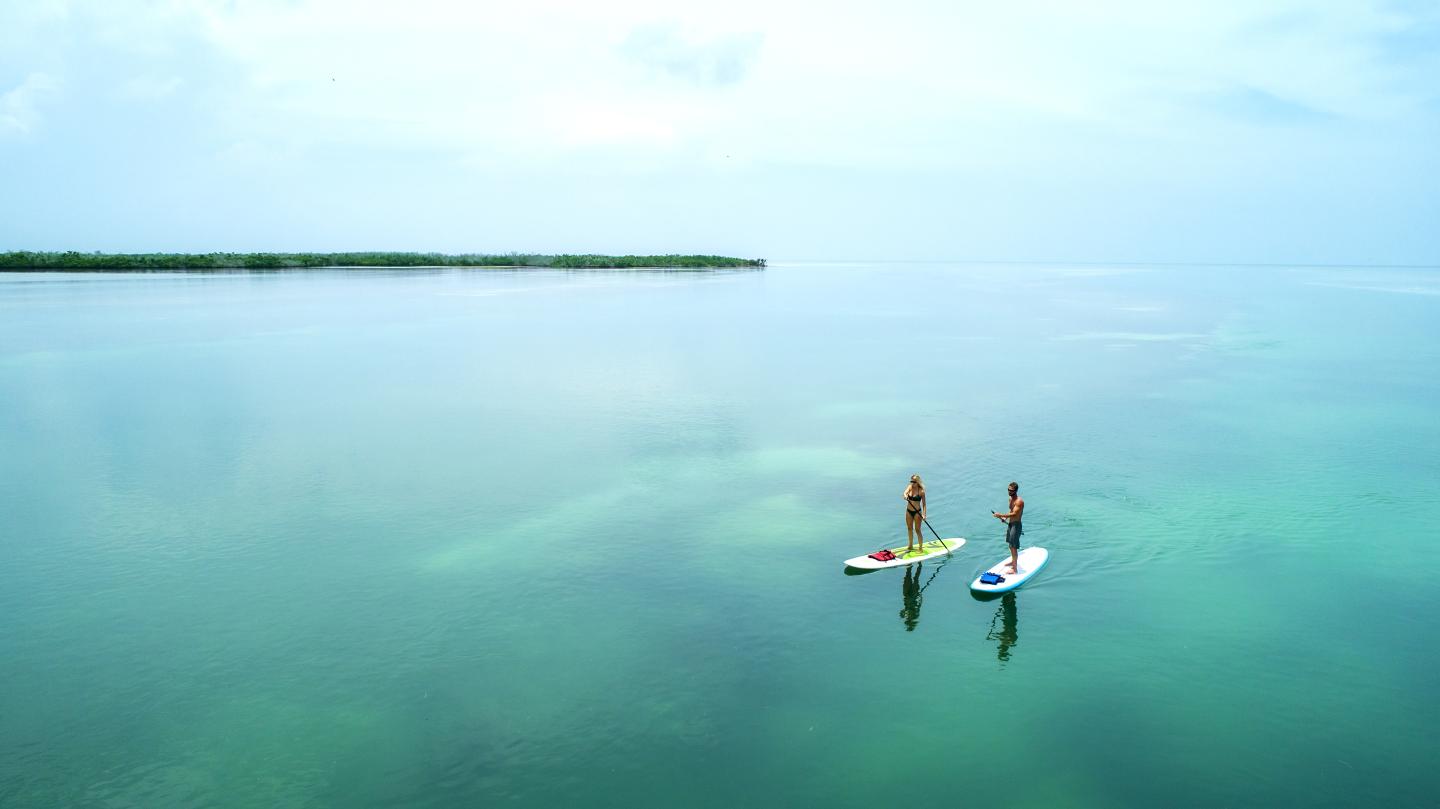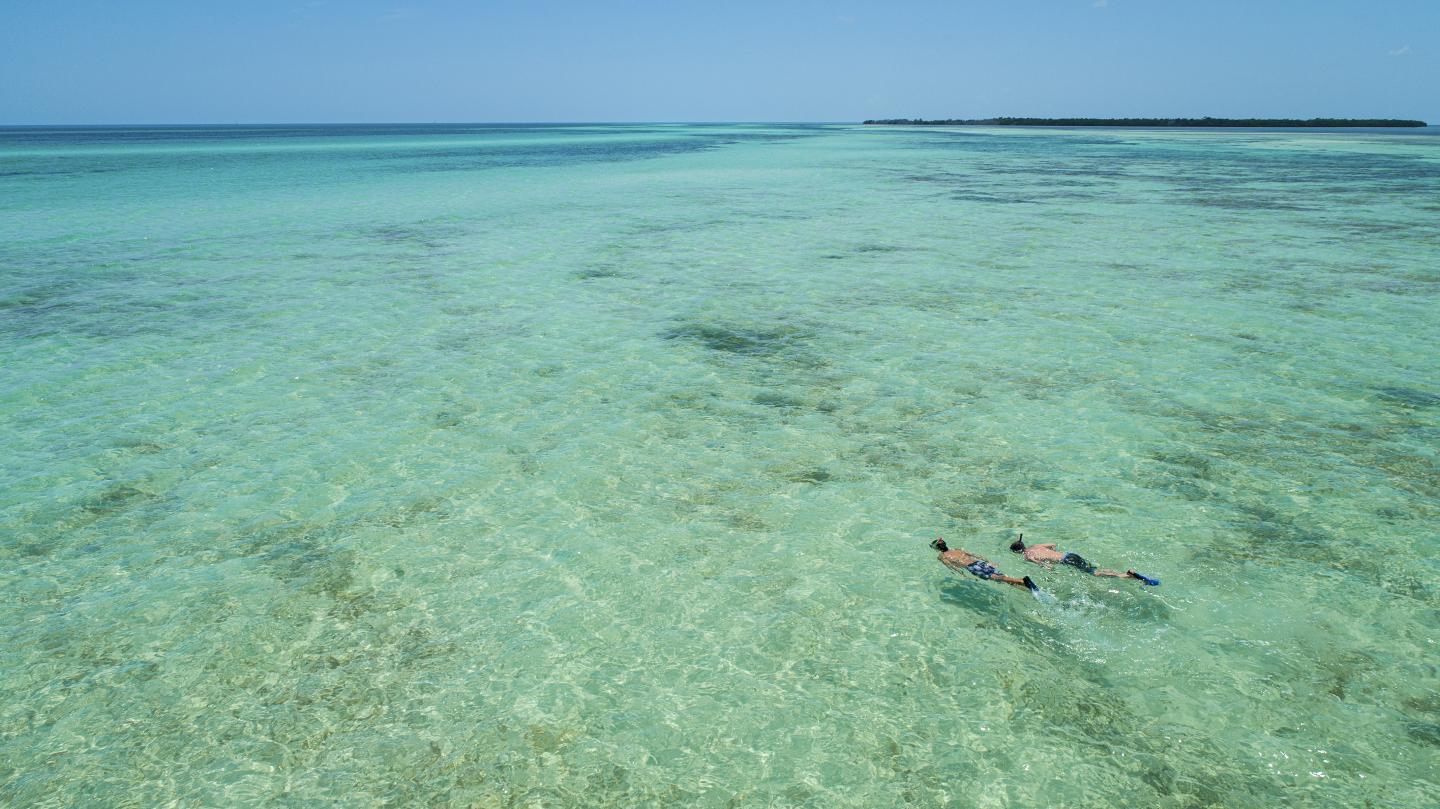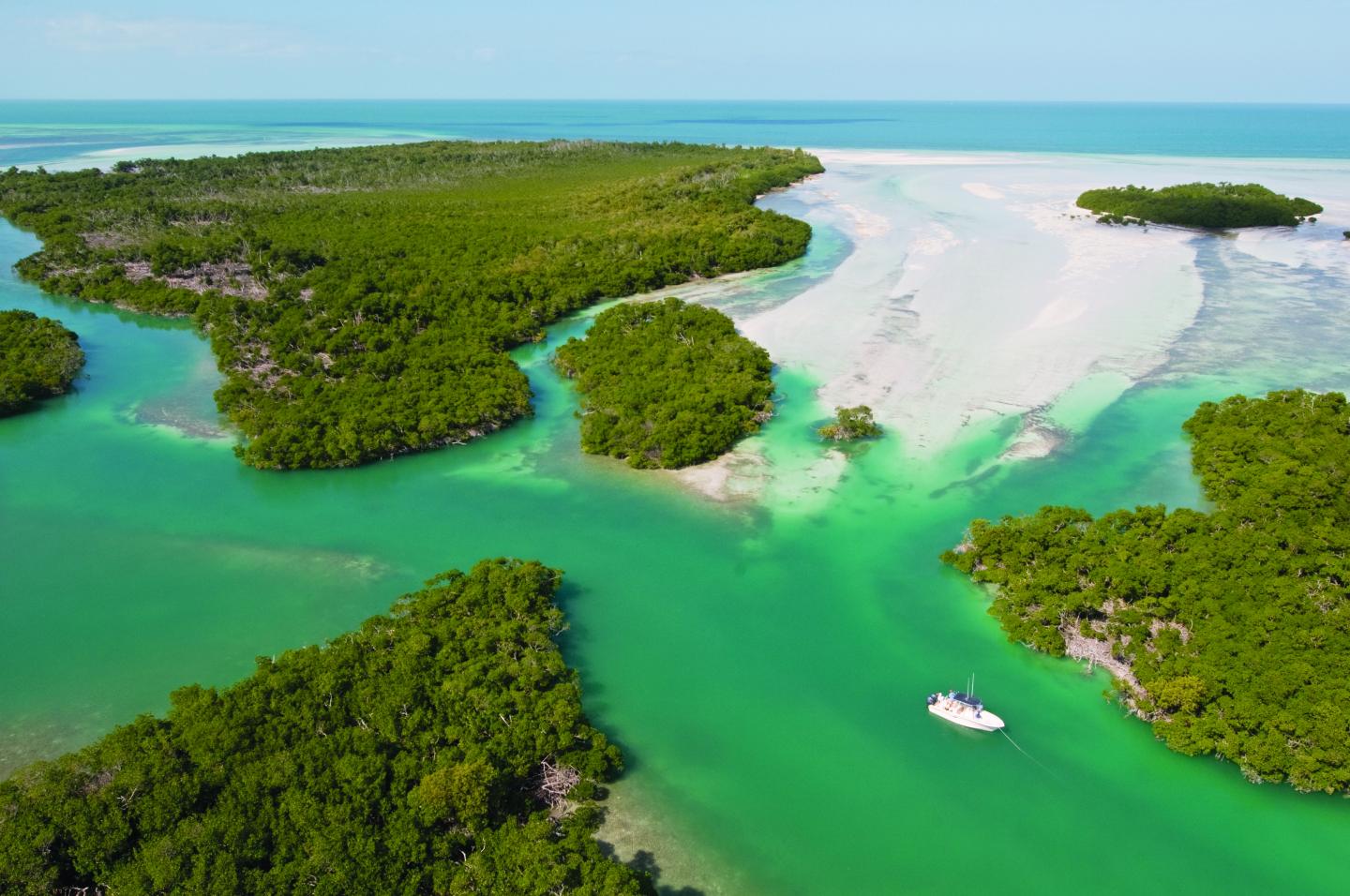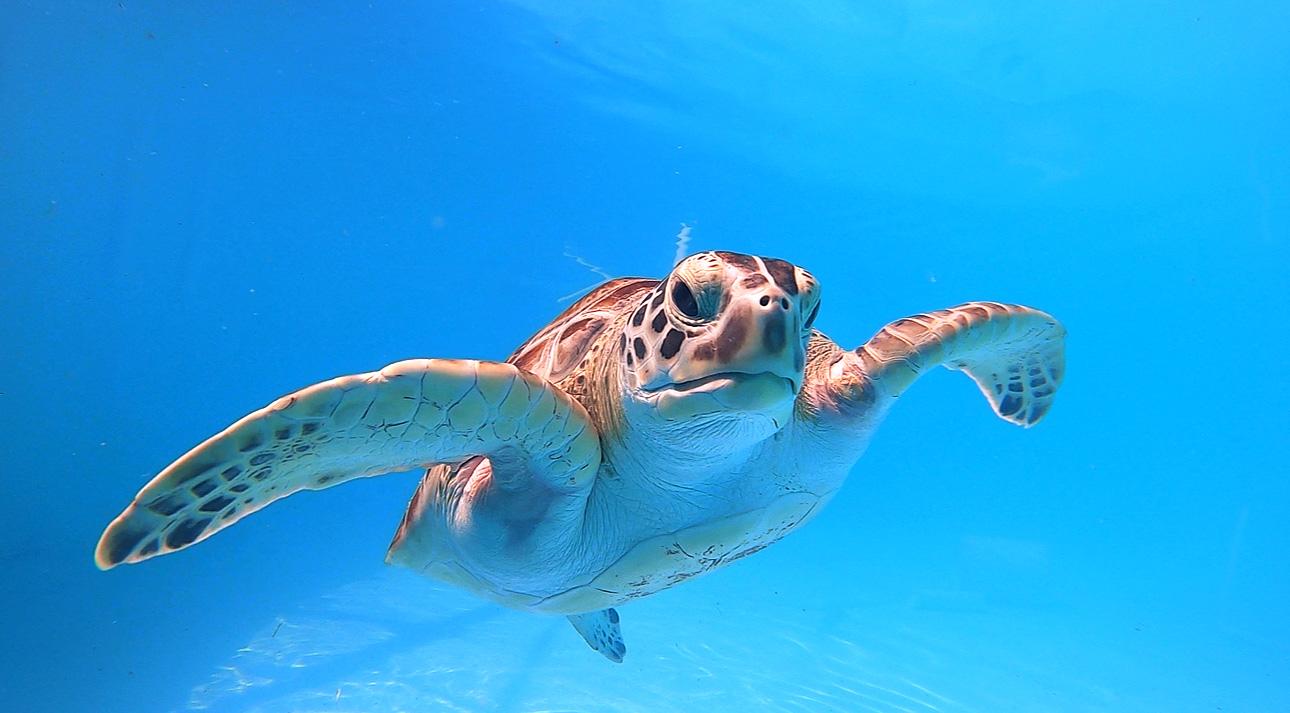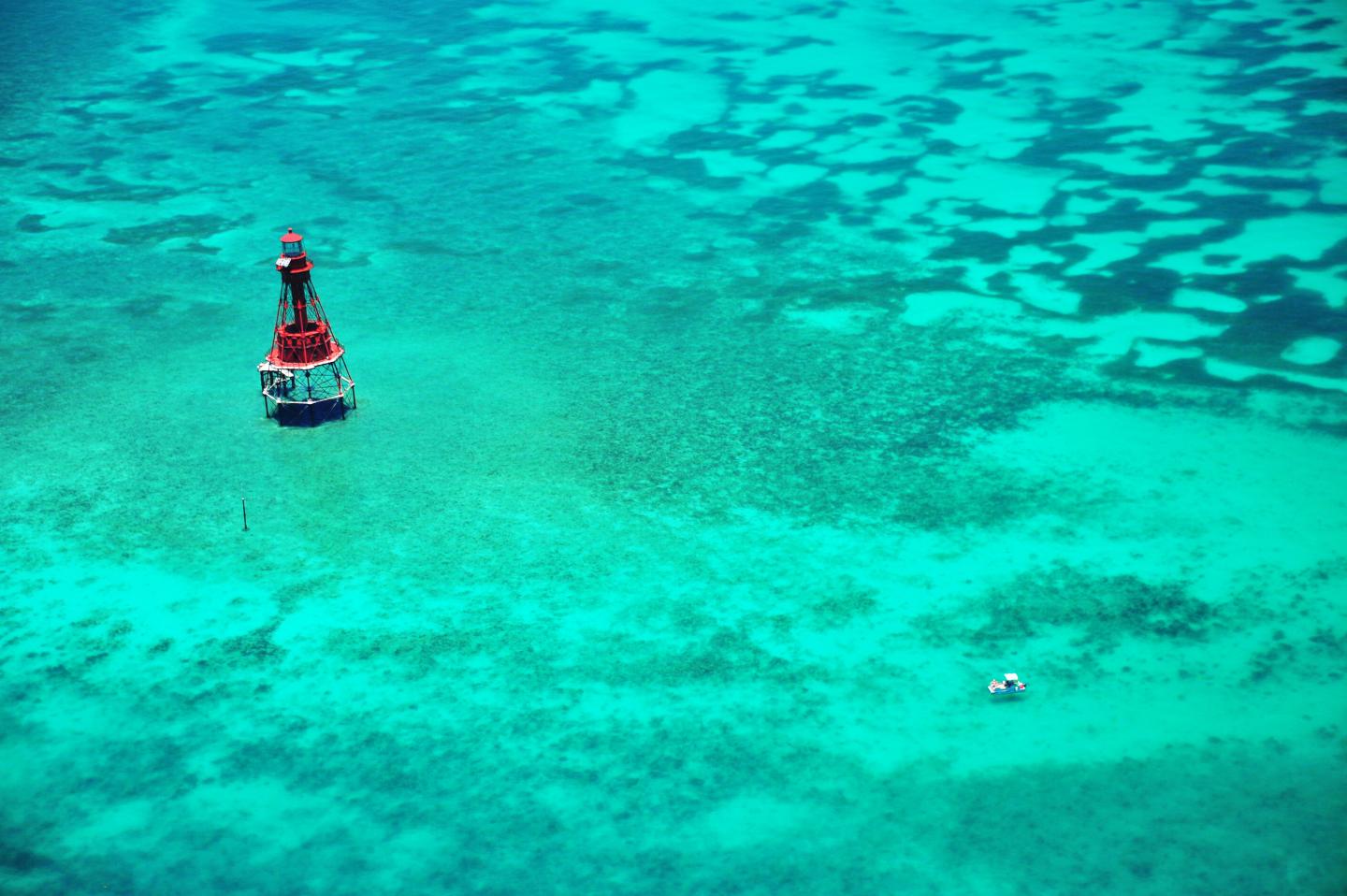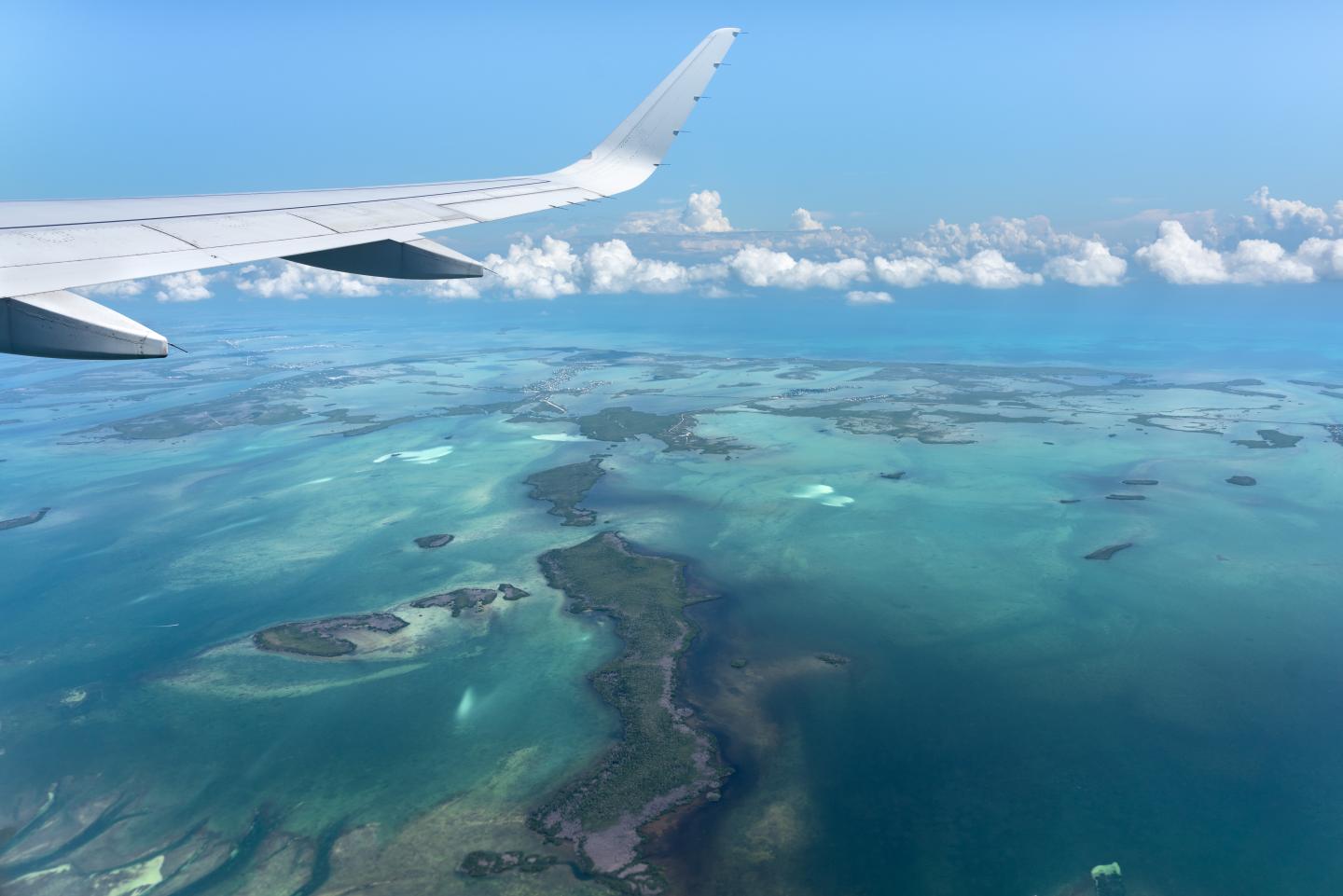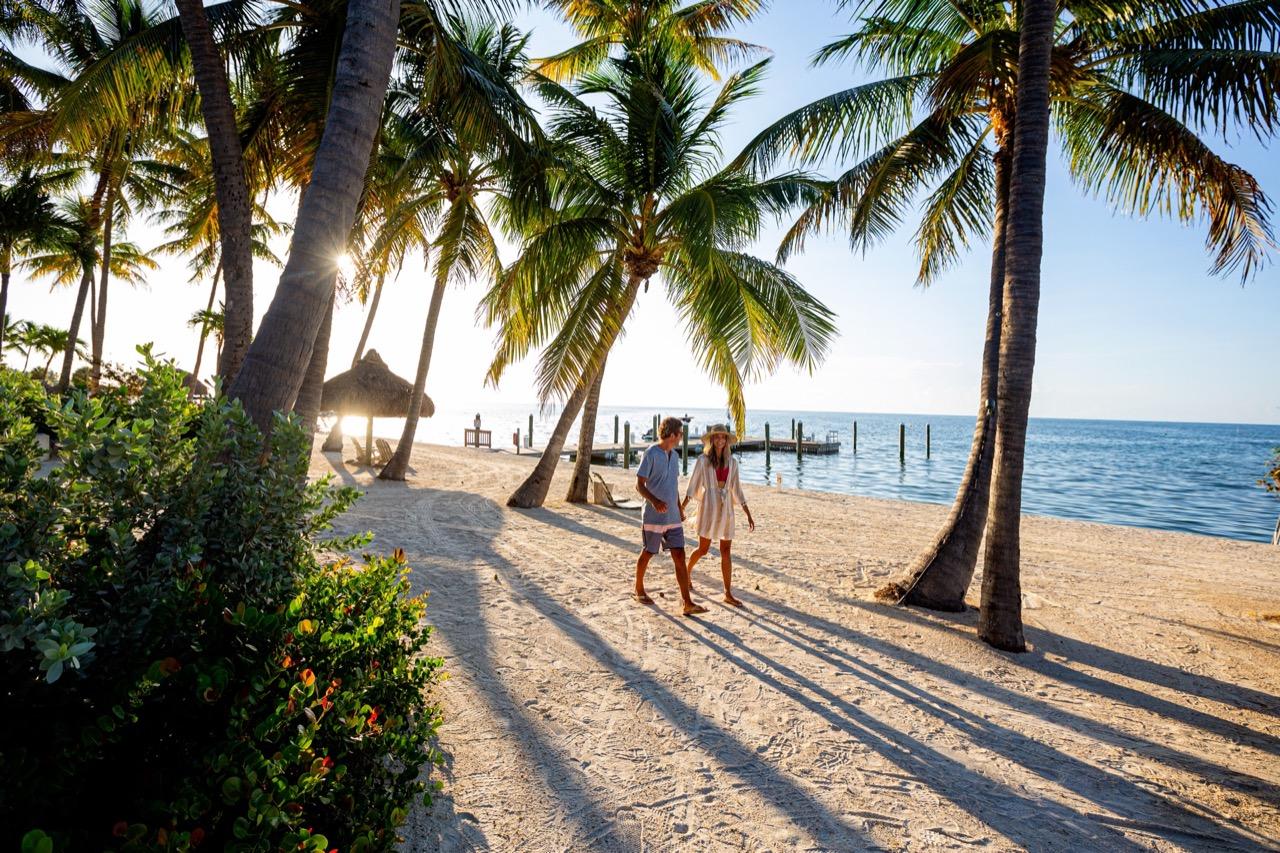
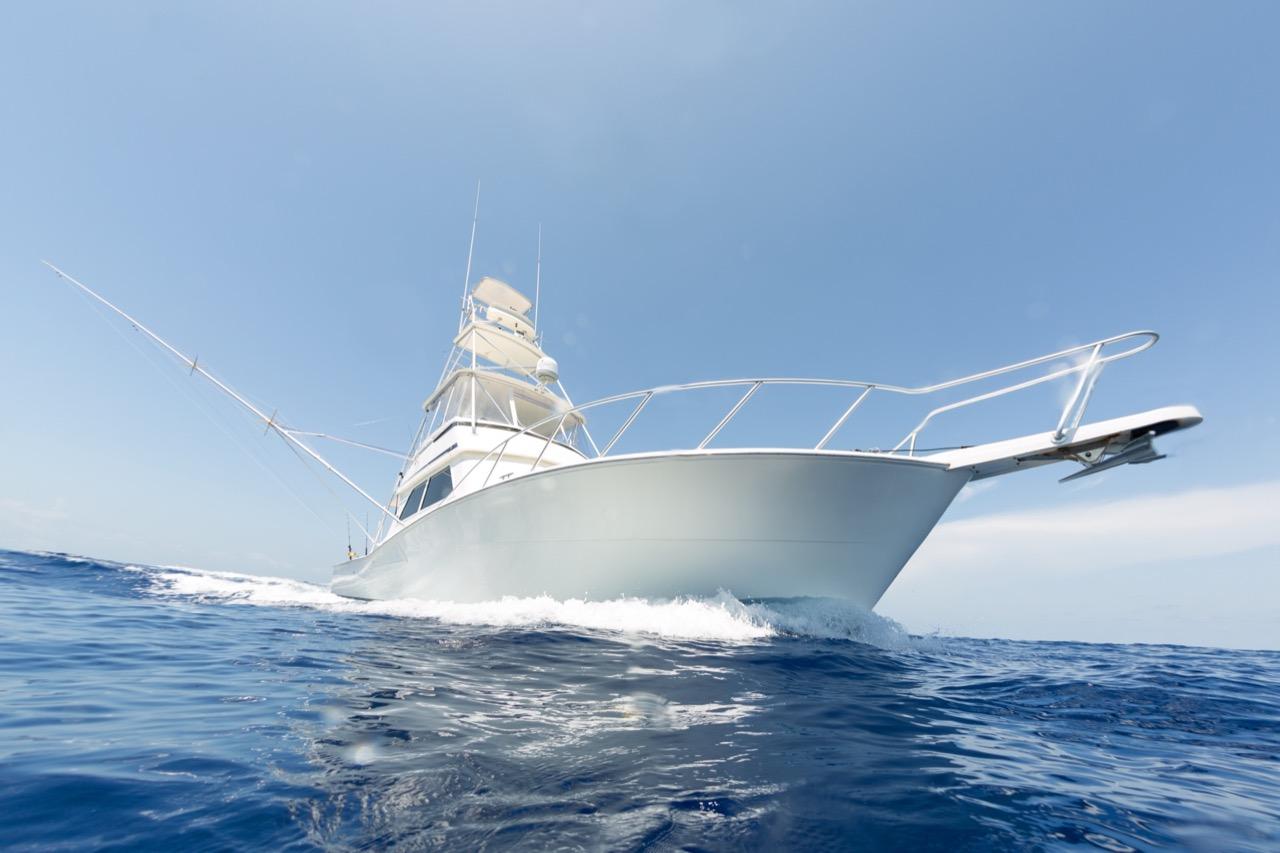
Boating Information
All the details you need: videos, regulations and tips to make your time on the water in The Florida Keys smooth sailing.
Each year, thousands of commercial, recreational and pleasure boaters visit the Florida Keys to fish, dive, snorkel and enjoy a wealth of activities on the water, including kayaking and paddle board sports.
The Florida Keys' surrounding waters are protected by the Florida Keys National Marine Sanctuary, extending from south of Miami westward to encompass the Dry Tortugas, excluding Dry Tortugas National Park. FKNMS has spectacular and unique resources such as coral reefs, shipwrecks, seagrass beds and fisheries that are the source of commercial and recreational activities like diving, fishing and boating.
This page is designed to help provide visitor with simple, sea smart and safe boating and reef etiquette tips, as well as share informational resources to better acquaint first-time and repeat pleasure boaters with on-the-water guidelines and important features of protected Florida Keys waterways.
Boating on Florida Keys Waterways
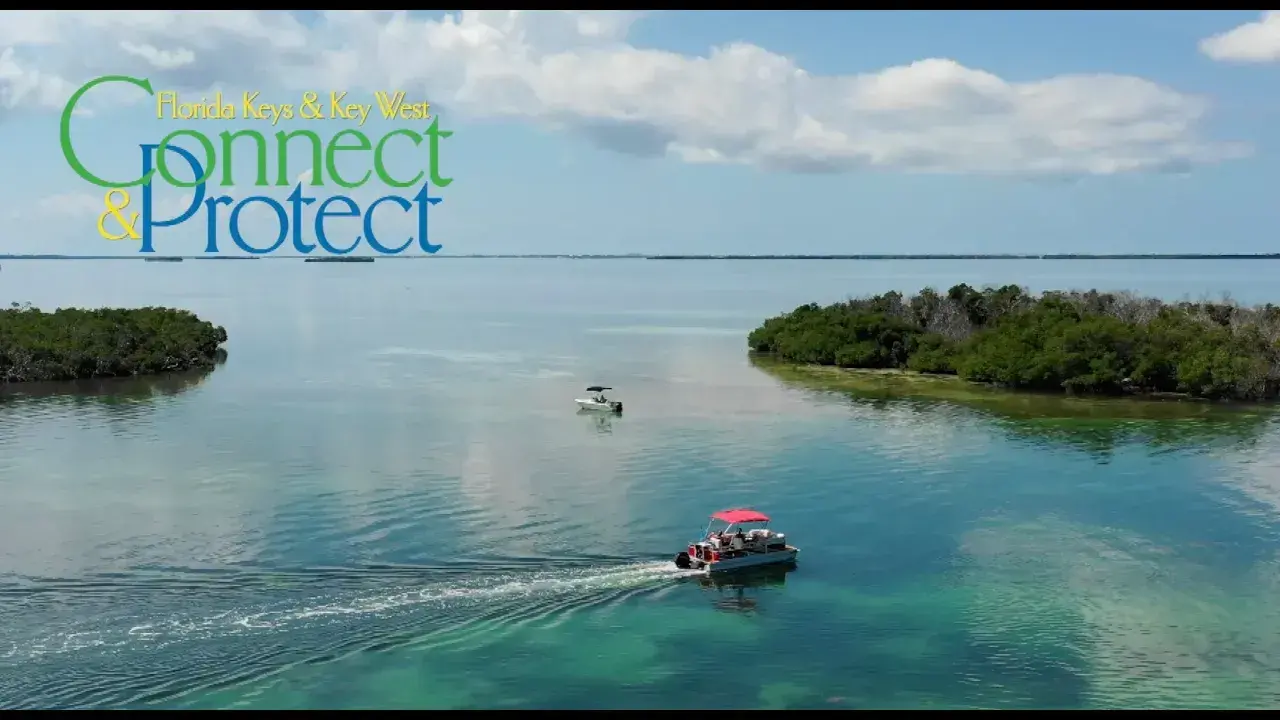
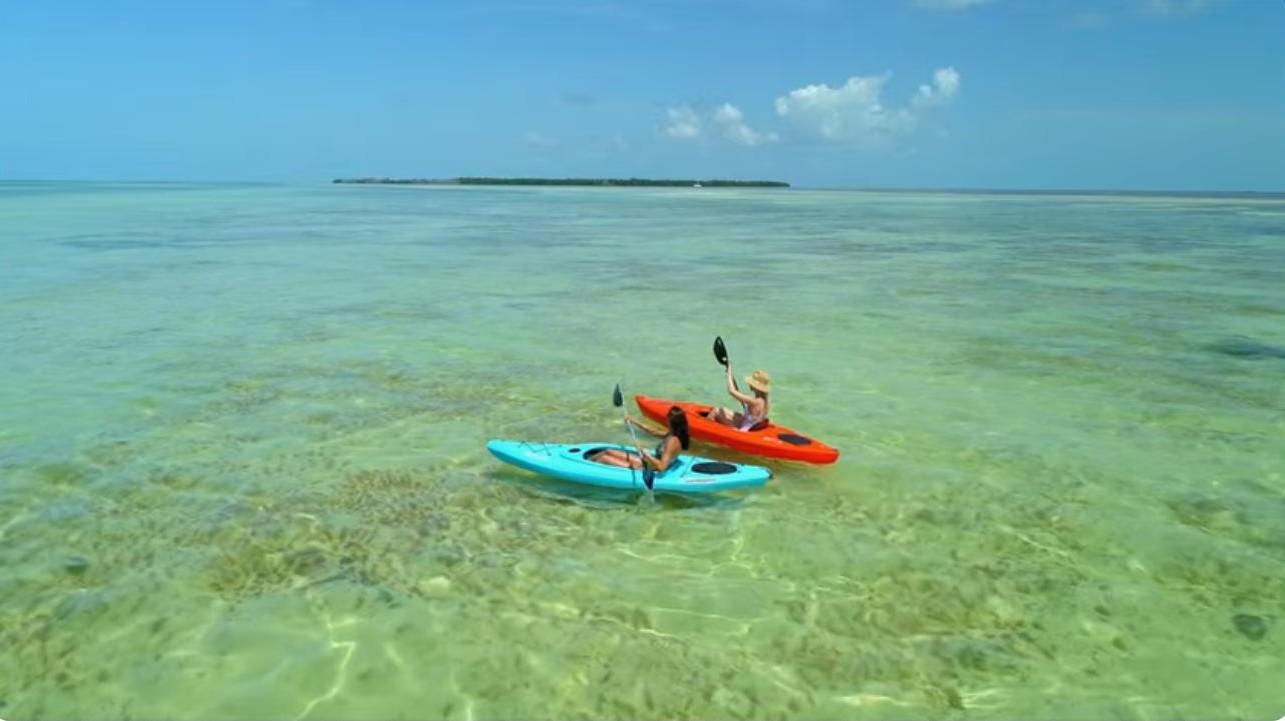
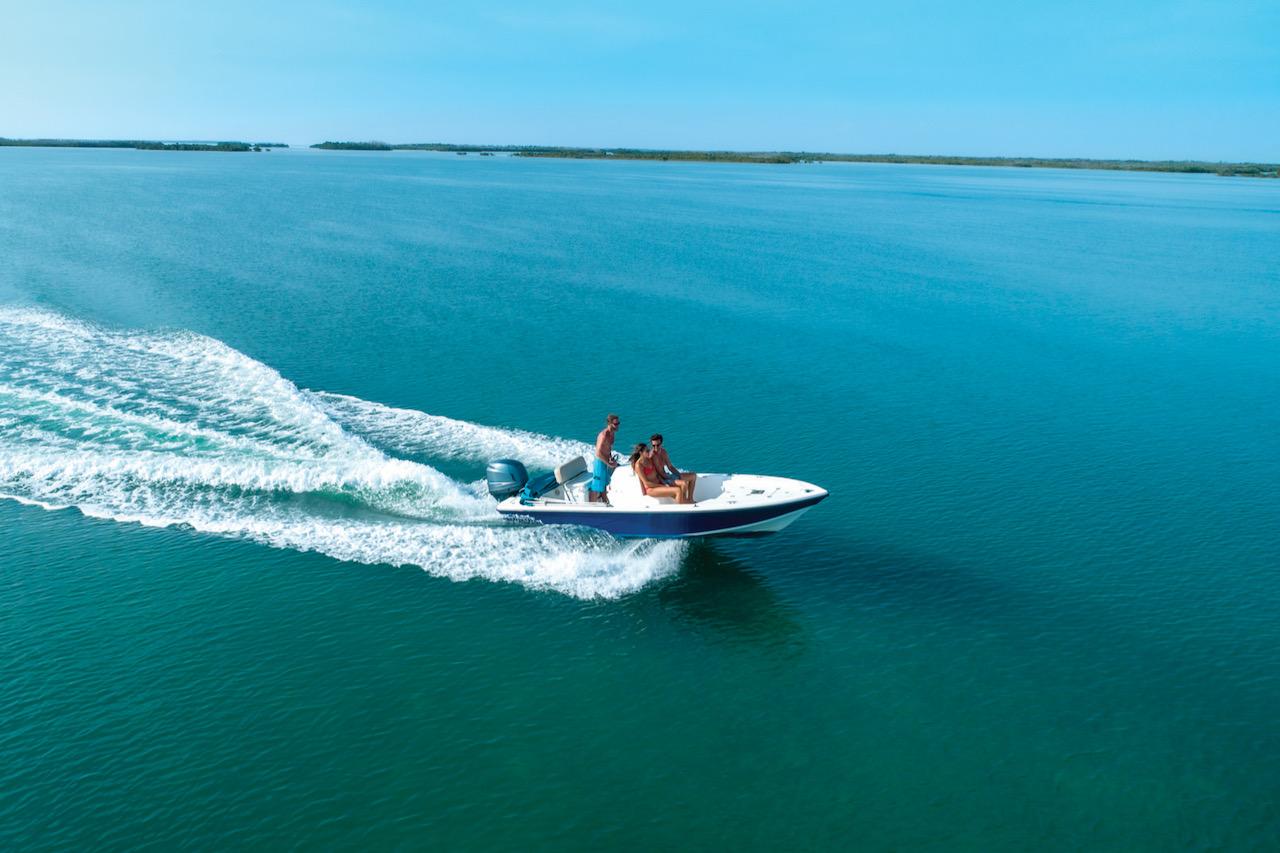
Protect the Keys
Boating in the Florida Keys is an unforgettable experience—but the waters here can be tricky, especially for first-time visitors. Our islands are surrounded by shallow seagrass beds and coral habitats that need a gentle touch. Propeller scars, groundings, stirred-up sediment, and water quality issues can all harm the fragile environments that birds, fish, and countless other creatures call home. Protecting these waters with these on-the-water guidelines ensures the Keys stay healthy, vibrant, and beautiful for everyone to enjoy.
The Florida Keys National Marine Sanctuary Boater Education Course, developed specifically for the Florida Keys, is a free online course about responsible boating and stewardship, and highlights relevant rules and boating regulations.
Boat Best Practices
Before you hit the water, a little prep goes a long way. Here are some smart maintenance and safety checks to keep your boat (and our waters) in good shape:
- Annual Maintenance – Service your engine every 100 hours or once a year (whichever comes first). Whether you DIY or visit a shop, staying on schedule saves headaches later.
- Water Pump Check – Start each season with a fresh impeller or water pump. A dried-out or broken one can cause serious damage fast.
- Fuel Filter – If your boat’s been sitting for 3+ months, ethanol fuel may have pulled in water. Pour some into a cup to check, replace the filter, and clear any water from the tank.
- Batteries – Top off with distilled water (not tap), clean and tighten terminals, and warm up the engine to confirm a good charge before leaving the dock.
- Trailer TLC – Check tire pressure to avoid blowouts, grease hubs or buddy bearings once a year, and (don’t forget!) put the drain plug back in before launching.
- Safety Gear – Replace expired flares or fire extinguishers, inspect life jackets, and carry extras for kids and guests.
- Pump-Out & Cleaners – Always use pump-out facilities and eco-friendly bilge cleaners—never discharge bilge water near the reef.
- If You Run Aground – Shut off and tilt up the engine, don’t try to motor off. Wait for high tide or call for help if needed.
- Weather Check – Look at conditions before heading out. Strong winds and rough seas can make reef visits unsafe.
Courtesy of Sea Tow Services International and Reef Relief
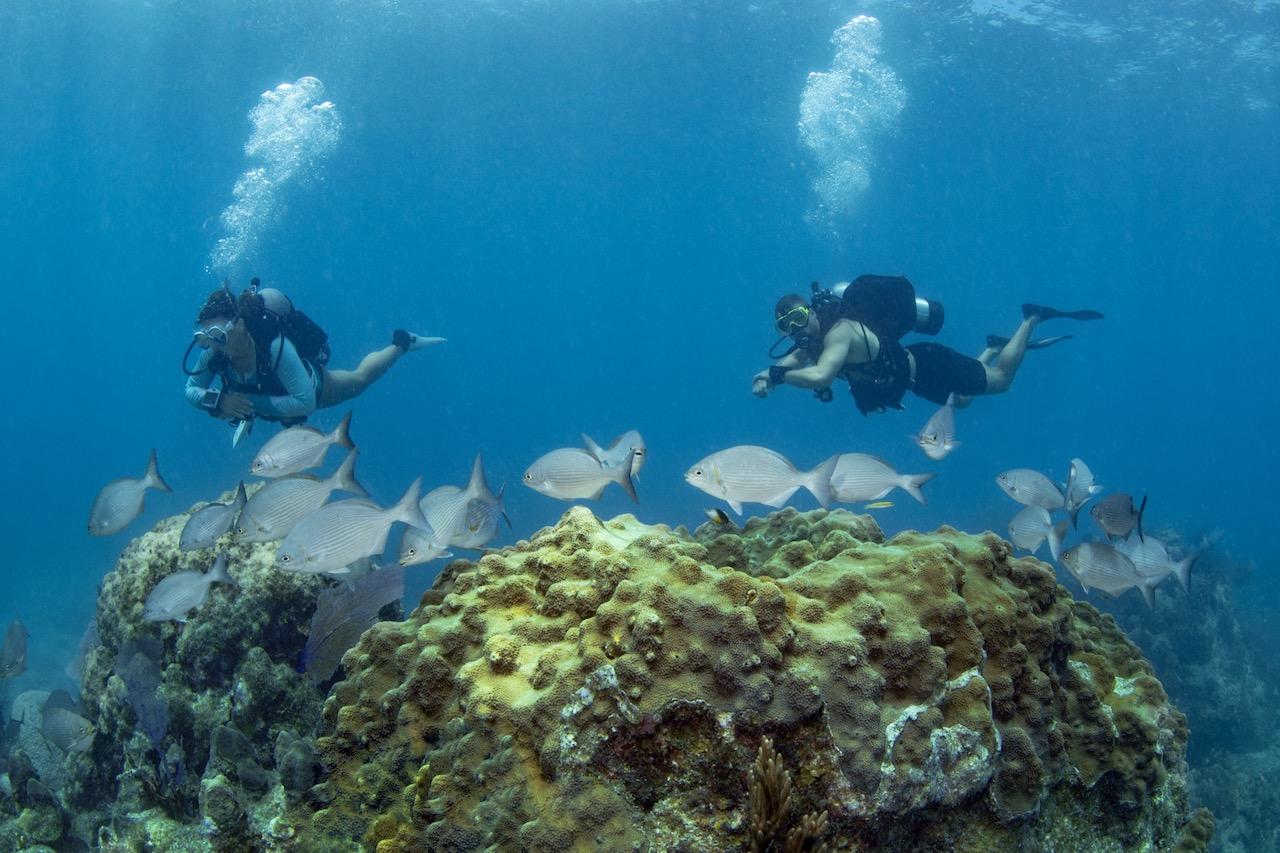
Coral Reef Protection Tips
- Check the Weather – Strong winds, waves, or poor visibility make reef visits unsafe.
- Hands Off the Coral – Even a light touch from fins, gear, or hands can harm the tiny coral polyps that build reefs.
- Use a Snorkel or Buoyancy Vest – It helps you adjust gear without ever standing on coral.
- Mind the Bottom – Practice good buoyancy control. Even sandy patches may be home to new growth.
- Don’t Feed the Fish – It disrupts natural feeding habits and can cause harm to both you and marine life.
- Never Take Coral – Harvesting coral is illegal in Florida.
- Use Mooring Buoys – Many dive and snorkel sites have them. Anchoring in Sanctuary Preservation Areas (SPAs) is prohibited.
Smart & Safe Boating
Smart boating keeps the Florida Keys safe, healthy, and fun for everyone. Here are a few important reminders:
- Practice Good Seamanship – Keep a safe distance from other boats, anglers, and divers. Never troll near divers, stay at least 100 feet from the red-and-white diver down flag, and watch for bubbles.
- Canoes, Kayaks and Paddleboard are Vessels Too - They're subject to the same rules as other watercraft, including having safety equipment including life jackets, lights and a whistle or horn.
- Know the Rules for Fishing – Florida law requires a license, along with following all size, bag, and seasonal limits. Release fish you can’t eat, and don’t toss carcasses or lobster shells into the water or canals—they harm water quality.
- Use Mooring Buoys When Possible – If none are available, anchor only in sandy areas. Avoid corals and seagrass so your anchor and chain don’t cause damage.
- Avoid Groundings – Shallow seagrass beds look brown from the surface. Remember: “Brown, brown, run aground. Blue, blue, sail on through.” Groundings damage reefs and seagrass and can result in fines.
- Respect Wildlife – Don’t chase, feed or harass fish, invertebrates, or other animals.
- Control Speed & Noise – Go slow in dive areas, idle near mangroves, and keep wakes to a minimum.
- Trash & Gear – It’s illegal to dump trash at sea. Plastics and fishing line are especially harmful to marine wildlife, so pickup and bring all waste back to shore and recycle when possible.
- Follow Refuge & Park Rules – No camping, campfires, or collecting in National Wildlife Refuges. Personal watercraft and airboats are not allowed in Keys National Parks or Wildlife Refuges.
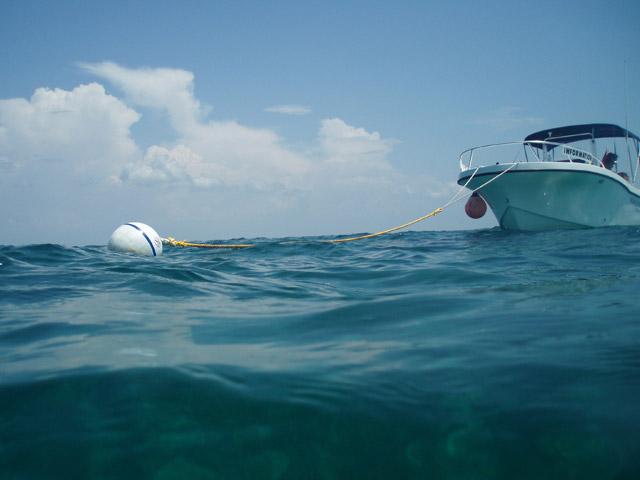
Mooring Buoys
The Florida Keys coral reef is one of our most precious natural treasures — and the only living coral barrier reef in the continental United States. To help protect it, boaters are encouraged to use mooring buoys instead of anchors. Here’s what to know:
- What They Are – Mooring buoys are 18-inch, blue-striped markers you can tie off to, preventing anchor damage to coral.
- How Many – Since 1981, the Florida Keys National Marine Sanctuary has maintained more than 470 buoys to safeguard reefs.
- Where They Are – Buoys mark artificial reefs, Sanctuary Preservation Areas (SPAs), shipwreck trail sites, and more.
- Cost – There’s no fee to use them.
How to Use a Mooring Buoy
- First come, first served – Mooring buoys are open to all boaters.
- Keep it in sight – Steer from a helm station where you can see the buoy the whole time.
- Approach slowly – Come in from downwind or down current so the yellow pick-up line floats toward you, and keep the buoy on the same side as the helm station.
- Pick it up safely – Use a boat hook to grab the yellow pick-up line, then shift to neutral to avoid tangles.
- Tie off correctly – Run your boat’s bow line through the loop of the yellow pick-up line, then cleat both ends to your bow. Never tie directly to the yellow line—it can damage the buoy system.
- Adjust your line – Leave enough slack so the buoy stays at the surface and the line runs horizontally. On rougher days, add more line for comfort and less strain on the buoy.
- Check the buoy – You’re responsible for your vessel. Make sure it’s holding properly and report any problems to a sanctuary office.
- Find locations – View the buoy map to see sites within the Florida Keys National Marine Sanctuary
